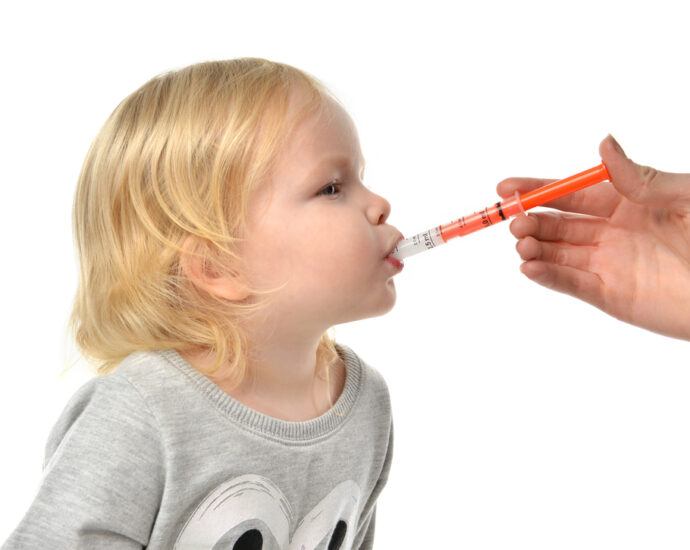Hand, Foot, and Mouth Disease (HFMD) is a common viral illness that typically affects infants and children under the age of 5, although it can sometimes occur in older children and adults. It is caused by viruses from the Enterovirus genus, most commonly the coxsackievirus.
Causes and Transmission
- Viruses: HFMD is mainly caused by coxsackievirus A16 and enterovirus 71.
- Transmission: The disease spreads through direct contact with nasal secretions, saliva, fluid from blisters, stool, and respiratory droplets from coughing or sneezing.
Symptoms
HFMD symptoms generally appear 3-7 days after exposure to the virus. The most common symptoms include:
- Fever: Often the first sign, lasting 1-2 days.
- Sore Throat: Painful swallowing can occur.
- Mouth Sores: Painful red spots that blister and can turn into ulcers, primarily on the tongue, gums, and inside of the cheeks.
- Rash: Red spots or blisters on the palms of the hands, soles of the feet, and sometimes on the buttocks and genital area.
- Irritability: Particularly in infants and toddlers.
- Loss of Appetite: Difficulty eating or drinking due to mouth sores.
Diagnosis
HFMD is usually diagnosed based on the characteristic symptoms and the appearance of the rash and mouth sores. In some cases, a throat swab or stool sample may be tested to identify the virus.
Treatment
There is no specific treatment for HFMD. Management focuses on relieving symptoms:
- Pain and Fever Relief: Over-the-counter medications like acetaminophen or ibuprofen can help reduce fever and relieve pain.
- Hydration: Ensuring adequate fluid intake is crucial, especially if mouth sores make eating and drinking difficult. Cold fluids and ice pops can be soothing.
- Mouth Rinses: Salt water rinses or over-the-counter mouthwashes designed to relieve pain may be recommended for older children and adults.
Complications
HFMD is generally mild, but complications can occur:
- Dehydration: Due to difficulty swallowing.
- Viral Meningitis: Rarely, the virus can cause inflammation of the brain and spinal cord.
- Encephalitis: Very rarely, severe cases can lead to brain inflammation.
- Nail Loss: Temporary nail loss (nail shedding) can occur but usually grows back without permanent damage.
Prevention
Preventing the spread of HFMD involves good hygiene practices:
- Hand Washing: Frequent and thorough hand washing, especially after diaper changes, using the toilet, and before meals.
- Disinfection: Clean and disinfect surfaces and objects that may be contaminated, such as toys, doorknobs, and tabletops.
- Avoid Close Contact: Keep infected children home from school or daycare to prevent spreading the virus.
- Respiratory Hygiene: Encourage covering the mouth and nose with a tissue or elbow when coughing or sneezing.
Prognosis
HFMD is typically a mild and self-limiting illness. Most people recover fully within 7-10 days without medical treatment. However, maintaining good hygiene and monitoring symptoms can help manage the disease effectively and prevent complications.
Conclusion
Hand, Foot, and Mouth Disease is a common viral illness that mainly affects young children. While it can cause discomfort and inconvenience, it is usually mild and resolves on its own. Understanding the symptoms, treatment options, and preventive measures can help manage the disease and reduce its spread. If symptoms persist or worsen, it is important to seek medical advice.
READ MORE: Rise and Shine: Wholesome Breakfast Choices for Happy, Healthy Kids
Sources:
https://www.cdc.gov/hand-foot-mouth/about/index.html
https://www.mayoclinic.org/diseases-conditions/hand-foot-and-mouth-disease/symptoms-causes/syc-20353035
https://kidshealth.org/en/parents/hfm.html
